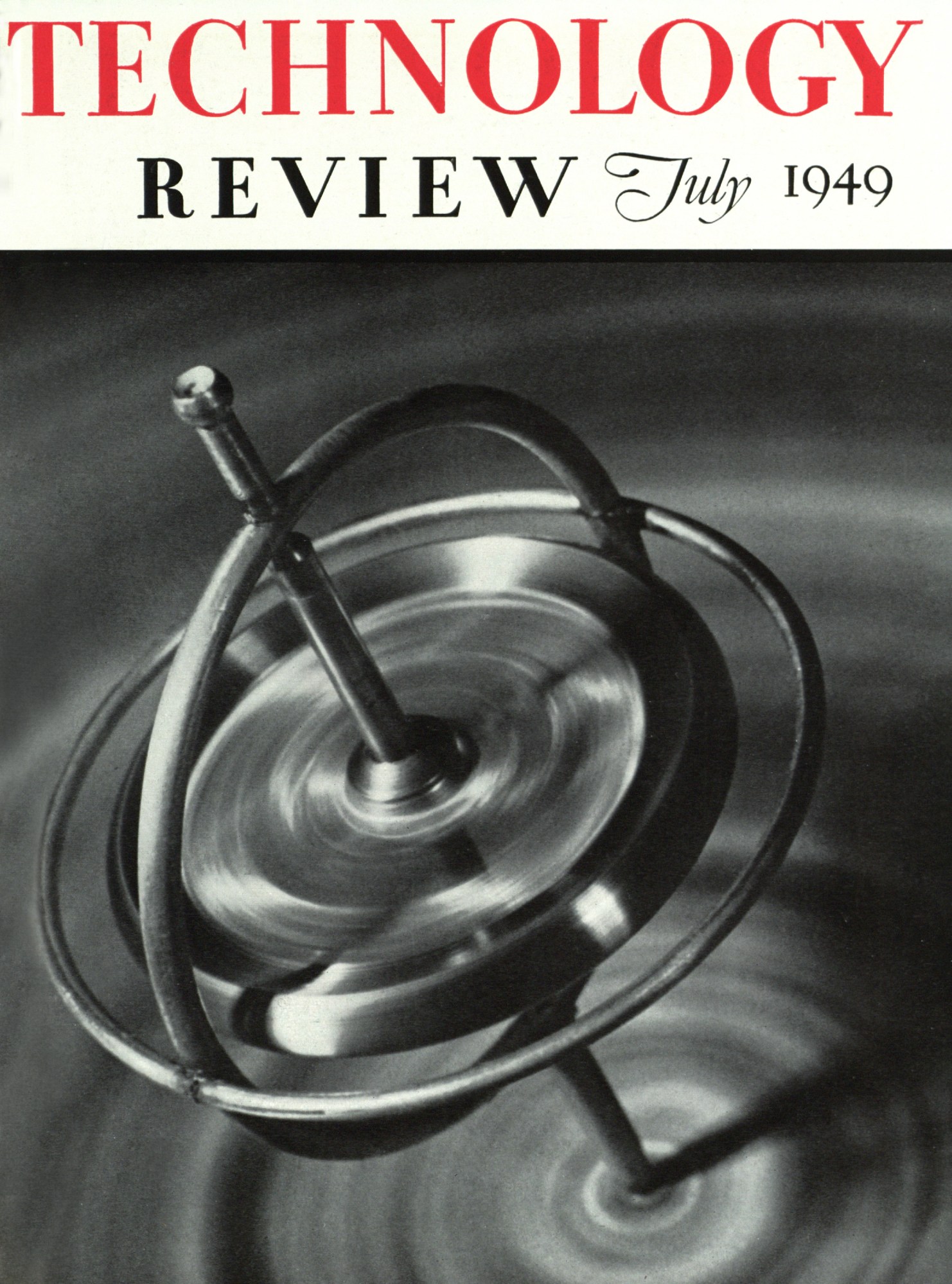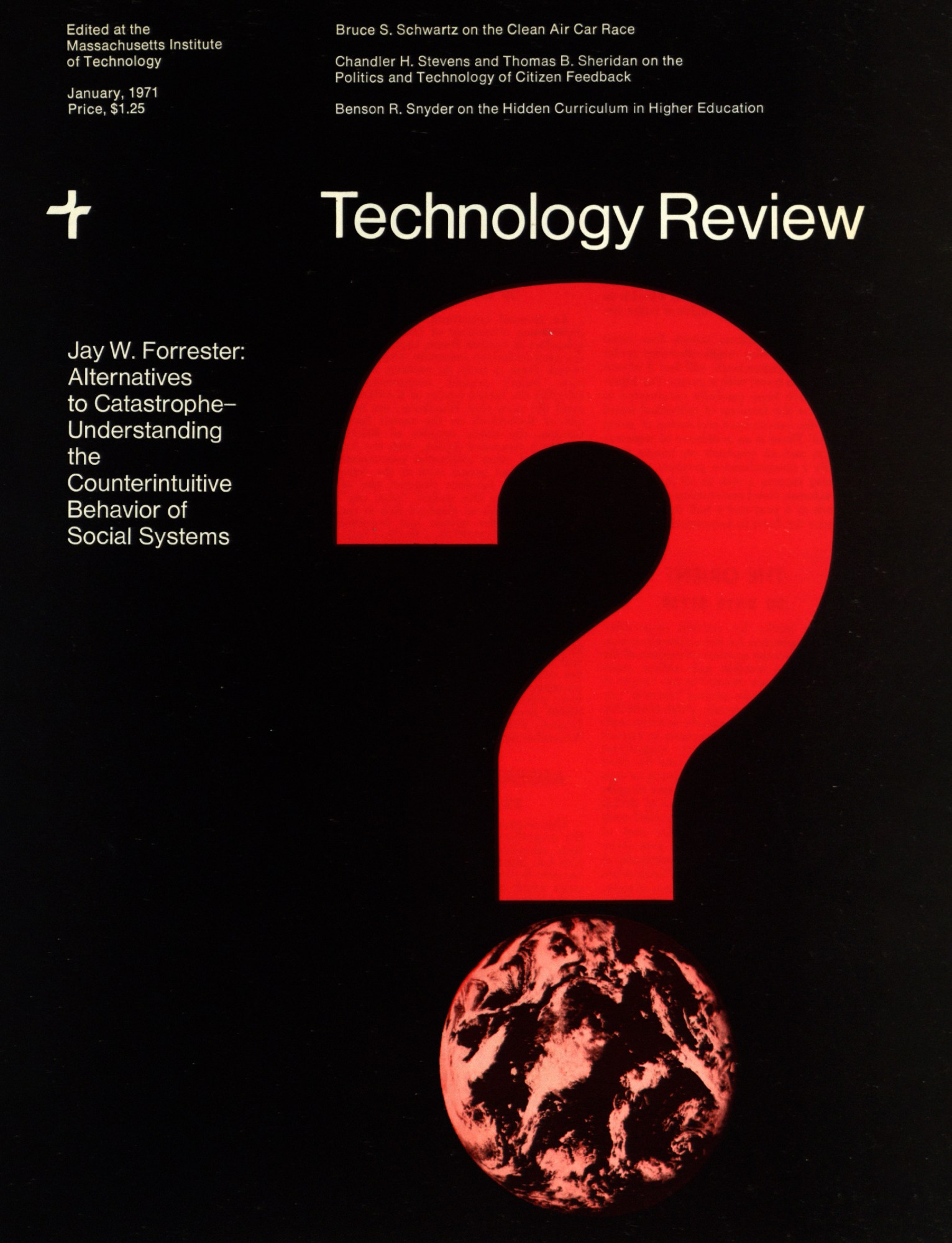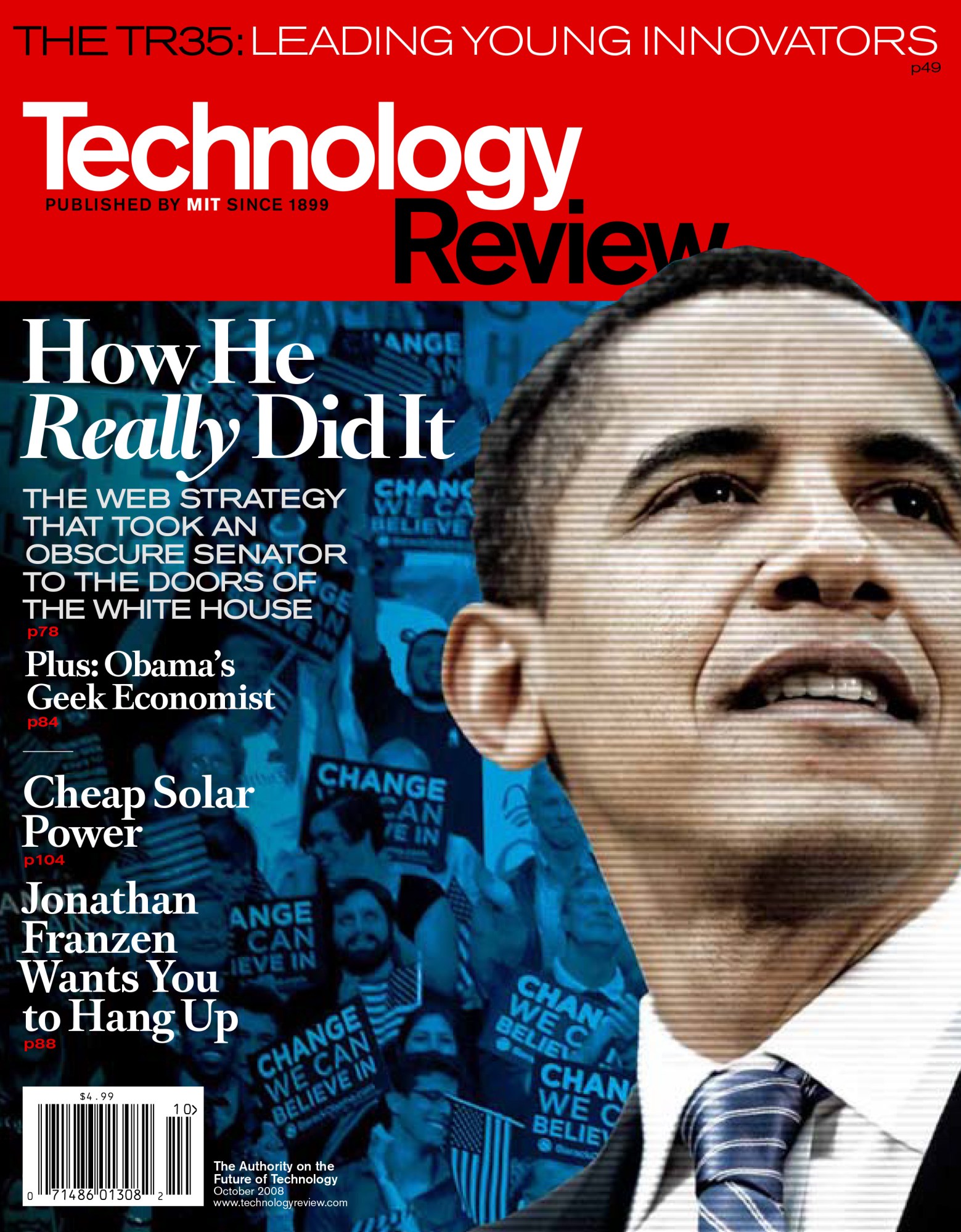From the archives: Reaching the masses

July 1949
From “Bridges of Knowledge”: If you were assigned the job of accompanying Aristotle on a fortnight’s visit to our national Capitol, perhaps you would find that the thing that would astonish him the most about us Americans is that only half of us who were eligible to vote, took the trouble to vote last November 2. After he had learned, as he soon would, the main features of our political system, he could not conceal his surprise at the fact that a nationwide poll in 1946 indicated that not two adults in 10 had ever sent letters or telegrams to their representatives in Congress, and that similar polls of 1942 suggested that only half the American voters could name the congressman from their district and only 65 percent of that select group knew what his congressman’s attitude was, in the days before Pearl Harbor, on the question of peace or war.

January 1971
From “Citizen Feedback: The Need and the Response”: Citizen feedback in modern nations has been greatly affected by television, radio, and newspaper wire services. President Nixon’s press conferences reach millions of viewers and radio listeners, and later are summarized for a similarly large audience by the daily press. But how does this immense audience reach the President? Can new systems such as the time-shared remotely accessible computer be used to help redress the imbalance? If this can be done, the Communications Revolution could have as great a significance as the Industrial Revolution. For just as the Industrial Revolution diminished the power of the economic elite that had been most concentrated under the Feudal System, so should the Communications Revolution diminish the power of today’s “knowledge elite”—the so-called Establishment.

September 2008
From “How Obama Really Did It”: The Obama campaign has dominated new media. Americans are more able to access content online; 55 percent have broadband Internet connections, double the figure for 2004. Social-networking technologies have matured. Although the 2004 Dean campaign broke ground with its online meeting technologies, “people didn’t quite have the facility,” says Lawrence Lessig, a Stanford law professor. “The world has now caught up with the technology.” If Obama is elected, he could encourage his supporters to deluge members of Congress with e-mails, or use the Web to organize collective research. The campaign said in one statement that “it’s certain that the relationships that have been built between Barack Obama and his supporters, and between supporters themselves, will not end on Election Day.”
Deep Dive
Policy
Is there anything more fascinating than a hidden world?
Some hidden worlds--whether in space, deep in the ocean, or in the form of waves or microbes--remain stubbornly unseen. Here's how technology is being used to reveal them.
What Luddites can teach us about resisting an automated future
Opposing technology isn’t antithetical to progress.
Africa’s push to regulate AI starts now
AI is expanding across the continent and new policies are taking shape. But poor digital infrastructure and regulatory bottlenecks could slow adoption.
A brief, weird history of brainwashing
L. Ron Hubbard, Operation Midnight Climax, and stochastic terrorism—the race for mind control changed America forever.
Stay connected
Get the latest updates from
MIT Technology Review
Discover special offers, top stories, upcoming events, and more.